Data Analysis Study Guide
What is Data Analysis?
Data analysis is the process of interpreting, cleaning, transforming, and modeling data in order to discover useful information, draw conclusions, and make decisions. It involves a variety of techniques and methods to organize, present, and analyze data.
Types of Data
- Numerical Data: Data that consists of numbers and can be measured.
- Categorical Data: Data that represents categories or groups.
- Ordinal Data: Data that has a specific order or ranking.
Data Analysis Process
- Data Collection: Gathering relevant data from various sources.
- Data Cleaning: Removing errors, inconsistencies, and outliers from the data.
- Data Exploration: Examining the data to understand its characteristics and patterns.
- Data Visualization: Representing the data using charts, graphs, and other visual tools.
- Data Interpretation: Drawing conclusions and making inferences based on the data analysis.
Data Analysis Techniques
- Descriptive Statistics: Summarizing and describing the main features of the data.
- Inferential Statistics: Making predictions and drawing conclusions about a population based on a sample of data.
- Probability Distributions: Studying the likelihood of different outcomes in a dataset.
- Regression Analysis: Examining the relationship between variables in the data.
Tools for Data Analysis
Common tools for data analysis include Microsoft Excel, Python, R, and Tableau. These tools offer various functions and libraries for manipulating and analyzing data.
Conclusion
Data analysis is a crucial skill that allows us to make informed decisions and gain insights from the vast amount of data available today. By understanding the types of data, the data analysis process, techniques, and tools, you can effectively analyze and interpret data for practical use.
[Data Analysis] Related Worksheets and Study Guides:
.◂Math Worksheets and Study Guides Fourth Grade. Data Analysis
Study Guide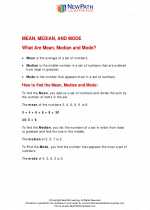 Data Analysis
Data Analysis  Activity Lesson
Activity Lesson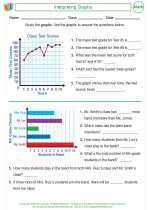 Interpreting Graphs
Interpreting Graphs  Activity Lesson
Activity Lesson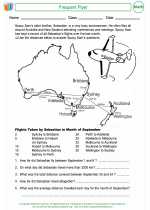 Frequent Flyer
Frequent Flyer  Activity Lesson
Activity Lesson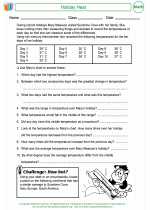 Holiday Heat
Holiday Heat  Activity Lesson
Activity Lesson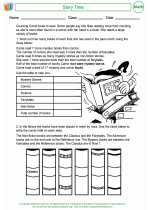 Story Time
Story Time  Activity Lesson
Activity Lesson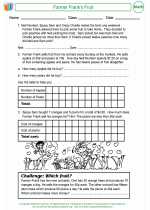 Farmer Frank's Fruit
Farmer Frank's Fruit  Worksheet/Answer key
Worksheet/Answer key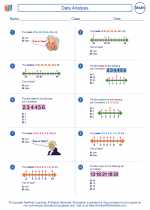 Data Analysis
Data Analysis  Worksheet/Answer key
Worksheet/Answer key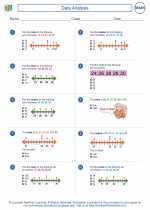 Data Analysis
Data Analysis  Worksheet/Answer key
Worksheet/Answer key Data Analysis
Data Analysis  Worksheet/Answer key
Worksheet/Answer key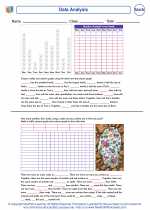 Data Analysis
Data Analysis  Worksheet/Answer key
Worksheet/Answer key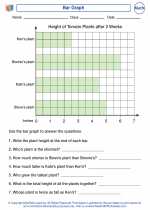 Bar Graph
Bar Graph  Vocabulary/Answer key
Vocabulary/Answer key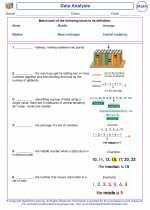 Data Analysis
Data Analysis 

 Activity Lesson
Activity Lesson
 Activity Lesson
Activity Lesson
 Activity Lesson
Activity Lesson
 Activity Lesson
Activity Lesson
 Activity Lesson
Activity Lesson
 Worksheet/Answer key
Worksheet/Answer key
 Worksheet/Answer key
Worksheet/Answer key
 Worksheet/Answer key
Worksheet/Answer key
 Worksheet/Answer key
Worksheet/Answer key
 Worksheet/Answer key
Worksheet/Answer key
 Vocabulary/Answer key
Vocabulary/Answer key

The resources above cover the following skills:
Data Analysis and Probability (NCTM)
Select and use appropriate statistical methods to analyze data.
Use measures of center, focusing on the median, and understand what each does and does not indicate about the data set.